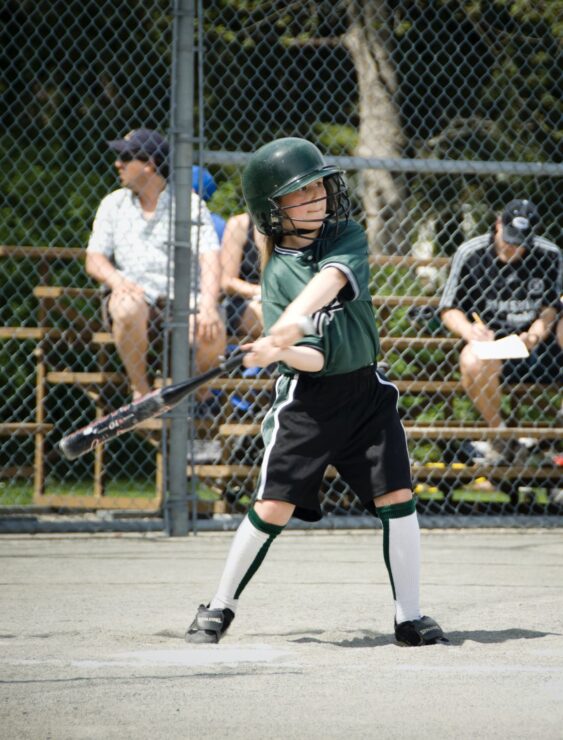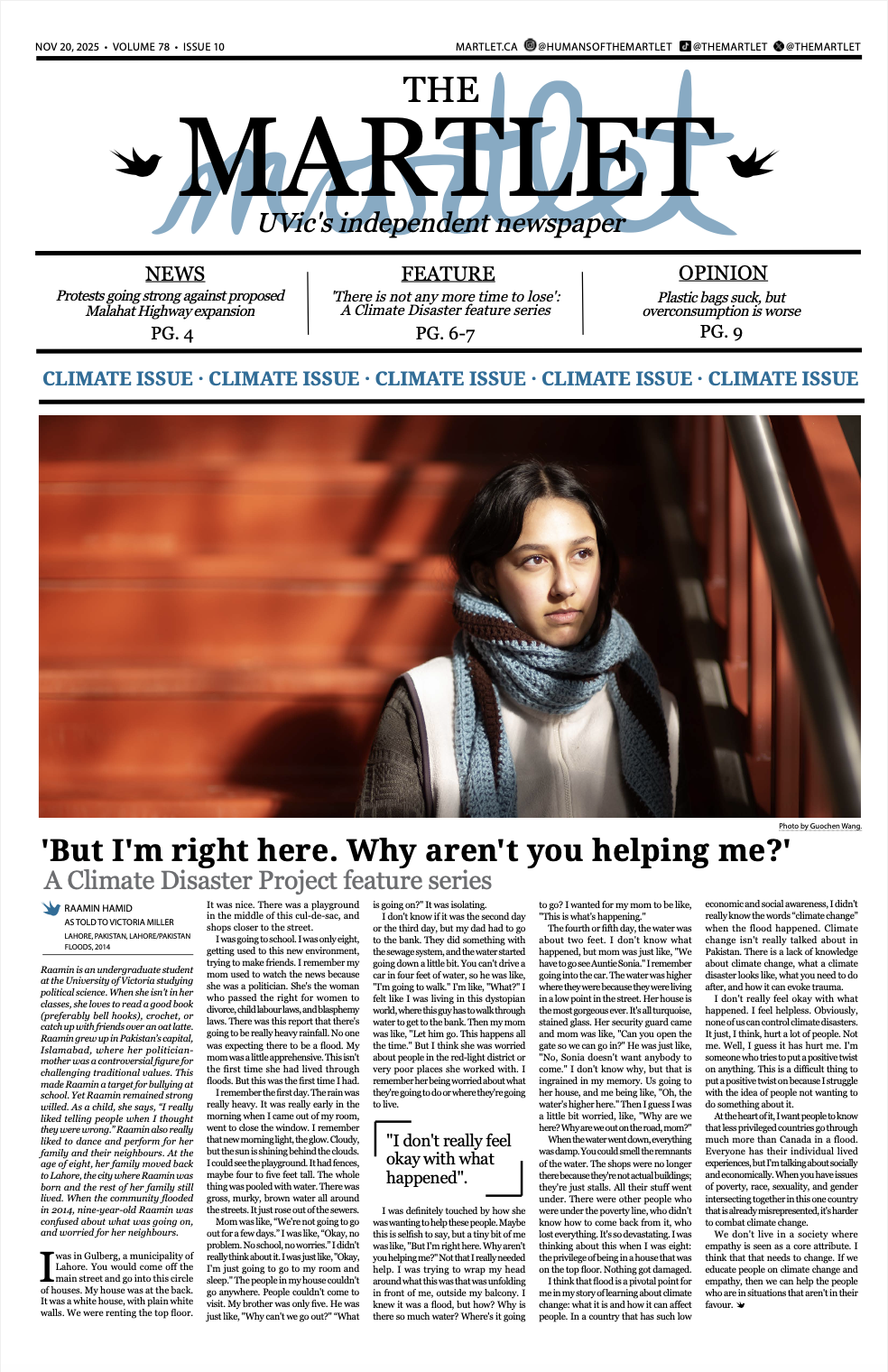New report shows pandemic may push girls out of sport

Despite Canadian women dominating at the Tokyo Olympics this summer, a new report shows the shocking reality for Canadian girls in sport in the post-pandemic world, and it’s one we should take seriously. The report was released in July from Canadian Women and Sport and E-Alliance.
According to statistics gathered on 5,000 Canadian families, 1 in 4 girls aged 6-18 who were involved in sport before the pandemic are not committed to returning to sport. If actualized, this could mean that over 350,000 Canadian girls stay off the fields, courts, and rinks in the coming year.
As someone who played softball at the university level and has been an advocate for girls in sport, I cannot push this issue enough. The unique barriers to getting, and keeping, girls in sport have not been addressed. Now, amid COVID-19, those barriers have been exasperated.
The report suggests that if girls feel like they’ve lost fitness or that their bodies have changed through the pandemic then they may choose to not go back to the sports they previously enjoyed. Also, girls’ levels of athletic identification, meaning identifying as an athlete or in an athletic role, were negatively impacted by the pandemic which could also decrease their participation in the future.
“Most girls on my basketball team are really depressed. Some failed school courses. Lots have eating disorders,” said a 17-year-old participant in the survey. Another 16-year-old participant said, “I feel like I don’t like the way my body looks right now.”
Girls dropping out of sport at an early age was an issue before the pandemic, with 1 in 3 girls dropping out before the age of 16 compared to just 1 in 10 boys. However, the limited access to free and affordable facilities, lack of self-confidence, and other barriers serve to push more girls out of the sport at an earlier age. These barriers may keep young girls who were involved in sport at least once a week before the pandemic out on the sidelines, possibly for good.
While the issues stopping girls from participating in sport are varied, complex, and nuanced, especially for girls of colour or those who come from low-income families, one of the issues brought up by the report that resonated with me was the barrier of self-confidence.
As an athlete that has struggled with body image and self-confidence myself, I know how difficult it can be to overcome. I have felt, throughout my years of playing high level softball, that the way my body looked quantified my skill level. Oftentimes small comments from coaches, teammates, or spectators about the tone of my muscles, the bulk of my thighs, or how much makeup I was wearing stuck with me long after leaving the diamond. I know other teammates who similarly struggled. This is with a sport that is popularly played by women and is among one of the few female sports with unrevealing uniforms.
The sporting world itself takes issue with its female participants. Take, for instance, just last month when Norway’s women’s beach handball team was fined by the European Handball Federation for wearing shorts instead of more revealing bikini bottoms – the men, by the way, wear shorts sans fines.
Or take this year’s brave commitment by the Olympic Broadcasting Services to release less sexualized images and video close ups of the female Olympians, because, of course, that’s how they have been selling their female sport media coverage for decades.
Or the USA Gymnastics culture that allowed and protected abuser and former team doctor Larry Nassar as he sexually abused their young female athletes for almost two decades.
Or even this year’s NCAA basketball March Madness tournament where players revealed the massive disparities between the men and women’s teams’ training facilities. The NCAA’s poor excuse for an initial statement was that they simply didn’t have enough room.
Here at UVic, female athletes have come forward about their experiences in alleged hostile training environments that included fat-shaming.
There are other issues facing women in sport that do not make headlines. Many athletes suffer from the female athlete triad, a syndrome combined of disordered eating, amenorrhea, and osteoporosis that is so common – and underdiagnosed – amongst high achieving female athletes it has its own name. While the syndrome can’t be directly pointed at the sporting industry, its commonality does suggest how female athletes are treated.
To be a girl and like sports is not good enough, the world says; you have to be beautiful, appealing, sexy even, as well as talented, athletic, and errorless. Even then, you won’t be valued as highly as your male counterparts and won’t be supported if you speak out about your experience. It doesn’t matter how much you have overcome, or how often you have proved yourself, your worth hangs on how beautiful you can be and the hyper-sexualization will make you a target as well. This treatment is even more apparent for women of colour, who often receive more scrutiny.
If the women at the highest level of international sport have been treated with sexism and sexualization, what do you think our young girls go through? It is no surprise to me that one of the top barriers stopping girls wanting to participate in sport is their confidence. It is impossible to face the dragon that is the sports industry without it.
The report’s call to actions for keeping girls in sport include ways of fostering girls’ confidence, and these should be a prerequisite to any person wanting to coach, teach, or volunteer with young girls. My three top priorities on the list are these: introduce zero-tolerance policies on weight and body commentary, give girls the freedom to wear what they feel comfortable in to practice, and don’t comment on the girls’ loss of fitness or skill levels during the pandemic, if you have noticed it then so have they.
Keeping girls in sport not only ensures that we promote the production of high level athletes for our university and national team programs in future years but it also ensures that the girls who don’t go on to play high level sport continue to promote sport and wellness within themselves and their communities. Sport isn’t just about the women who make it into the Olympics, it also means giving young girls the ability to foster healthy competitive natures, build their self-worth, and reap the mental and physical benefits of sport.
We need to do better for girls in sport, and if we don’t we will lose them from it completely.








